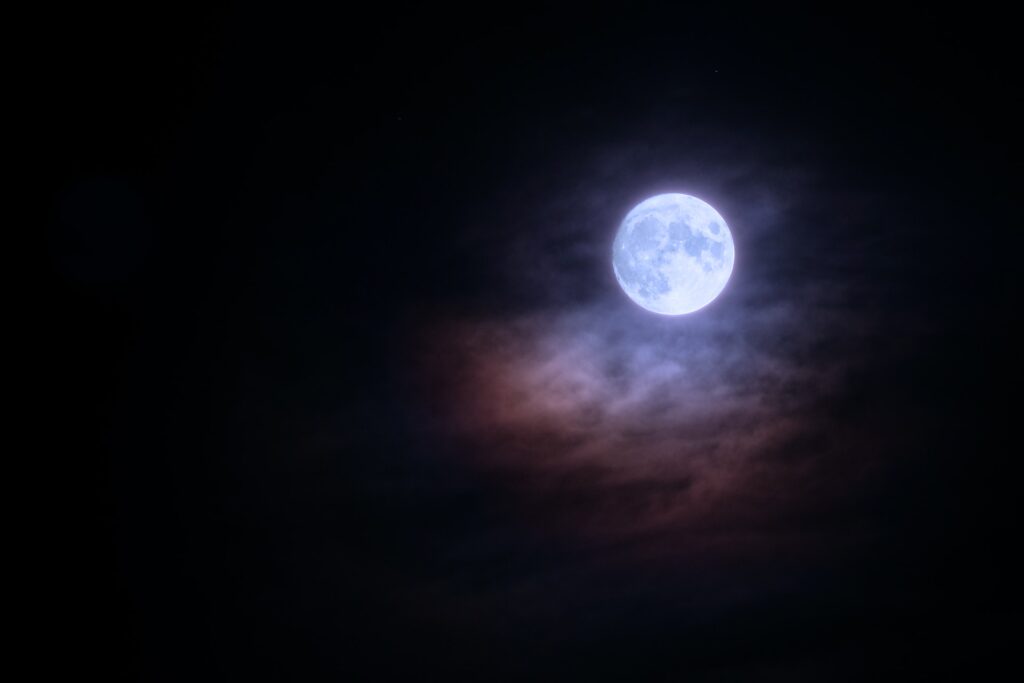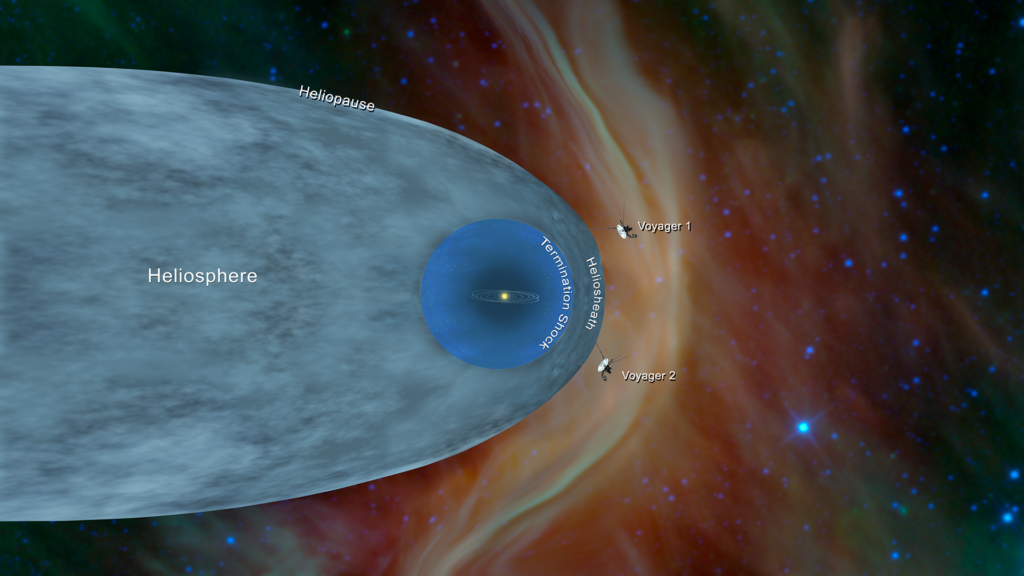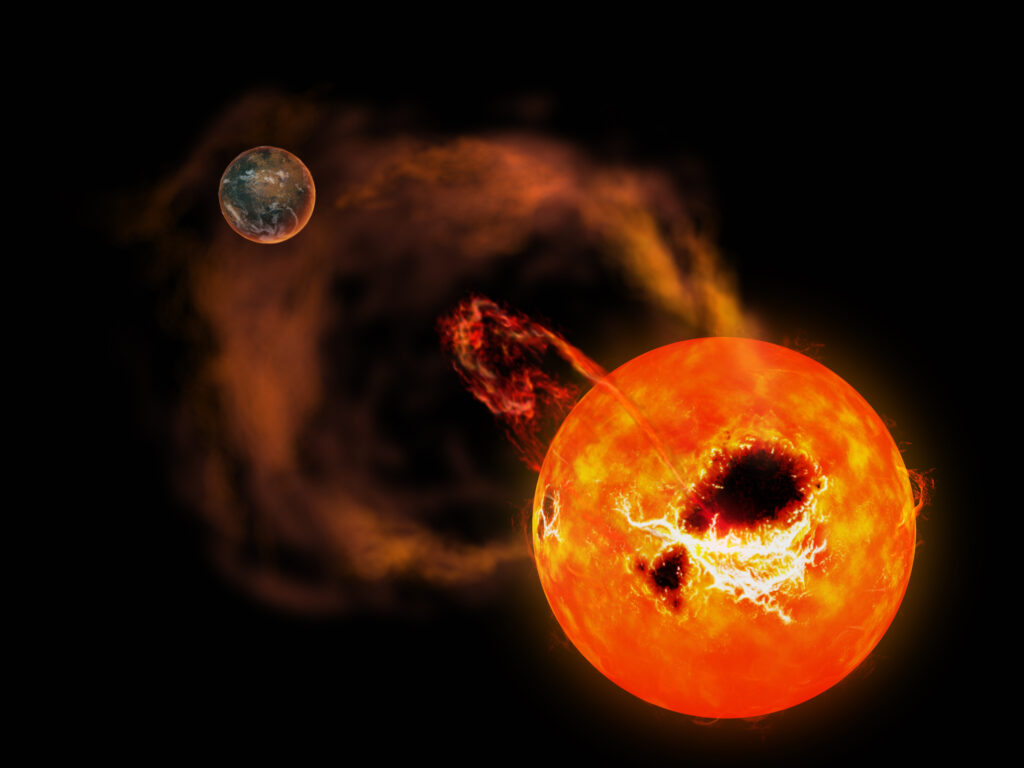A selection of the most interesting space news for the week: Radar images reveal the true scale of destruction in Pskov; the Voyager 2 spacecraft has moved away from Earth to a record distance, and we’ll also tell you whether the planets around Proxima Centauri are habitable.
“Energy is liberated matter, matter is energy waiting to happen.”
— Bill Bryson, A Short History of Nearly Everything
Firefly Aerospace is ready for emergency launches at the request of the military.
Firefly Aerospace and Millennium Space Systems are prepared for tests of Victus Nox. At any moment, a signal can come from the U.S. military, and within 24 hours, they must place a satellite in the designated orbit. According to the plan, a request for launch preparation should come from the Ministry of Defense. Once received, Firefly Aerospace has 60 hours to deliver the carrier and satellite developed by Millennium Space Systems to the launch site. After this, a message should come from the Pentagon with specified orbit parameters at any moment. From this point, the company will have 24 hours to launch the satellite. Later, Millennium has an additional 48 hours to establish communication with it. Overall, the entire process, from issuing the launch preparation command to establishing communication with the satellite in orbit, should take 132 hours. It may seem like a long time, but no one has attempted to launch even a ready satellite faster than a few weeks or months.
India’s next space goal will be the Sun
India is ready to launch its next research mission into space. The spacecraft named Aditya-L1 is set to launch on September 2. It will observe the Sun from a great distance and study the factors that influence the weather on our star. Aditya means “Sun” in Hindi. The spacecraft carries seven different instruments as part of its payload. With their help, the probe will be able to study the outer layers of our star — its photosphere and chromosphere.
Scientists are particularly interested in how the Sun’s activity changes and what factors contribute to this. It’s no secret that our star and the “solar wind,” which is actually a stream of particles from it, are the cause of powerful magnetic storms on Earth. If the launch and deployment of Aditya-L1 proceed as planned, it will be another triumph for the Indian space program. Experts note that compared to NASA and ESA, it is extraordinarily cost-effective. The country’s government is banking on replicating technologies invented by others and relatively inexpensive engineering labor.
A player called the game Starfield “horrible,” mistaking real NASA photos from Mars for screenshots.
Bethesda Game Studios, the creators of famous titles like Elder Scrolls V: Skyrim and Fallout 4, are gearing up for the release of their next massive project — the space-based role-playing video game, Starfield. The game, which will be the studio’s first new project in the last 25 years, will be set in space and allow players to explore the surfaces of over 1000 planets. The project is scheduled for release on September 6, 2023, which is next week. Starfield has already generated a lot of excitement among gamers due to its incredible graphics and vast possibilities in an open virtual universe.
As a result, gamers have high expectations for the game, sometimes leading to humorous situations. One particularly impatient fan from Portugal had already criticized Starfield for its poor graphics. He found some rather blurry, as he believed, “screenshots” and commented on them in the game’s community, saying, “Let’s wait for the final gameplay, but for now, everything looks horrible.” However, as it turned out, these were real photographs taken by the Perseverance rover (NASA) on the surface of Mars.
Jupiter experienced cosmic bombardment
Japanese astronomers managed to capture a bright flash in the northern hemisphere of Jupiter. It was caused by an unknown celestial object entering its atmosphere. The event took place on August 28 at 16:45 Coordinated Universal Time. Preliminary estimates suggest that the size of the object that collided with Jupiter was approximately 10 meters. It was most likely a small asteroid or comet. It is not ruled out that the moment of impact was also recorded by other astronomers, and we will soon see new records of the collision.
Overall, such events are not uncommon for Jupiter. Being the largest and most massive planet in the Solar System, it regularly “harvests” cosmic visitors. On average, falls of various objects onto it are recorded once every few years. The last time this happened was in June 2022. The most famous case of a cosmic bombardment of Jupiter is its collision with fragments of Comet Shoemaker-Levy 9 in July 1994. At that time, several dozen fragments entered the gas giant’s atmosphere. They formed gigantic fireballs with temperatures exceeding 24,000 degrees Celsius.
Radar images have revealed the true scale of damage in Pskov
Radar images have revealed the true scale of damage at the Pskov airfield, which was struck by the Ukrainian Armed Forces on August 30. They confirm the damage to two Il-76 aircraft. New images from Planet Labs increase the number of aircraft that will no longer take to the skies to four. The new images, taken on the same day, were obtained using SAR satellites. They provide a nearly complete view of the airfield. These images were shared in a post by a user on the social media platform X (formerly known as Twitter) with the username MT Anderson. The photos clearly show two seriously damaged aircraft. The same post also includes recent optical images from Planet Labs devices taken on August 31 when the weather improved. They show that at least two more Il-76 aircraft were completely destroyed in the fire. OSINT analyst Benjamin Pittet summarized that a total of two aircraft were destroyed, and two more were seriously damaged.
Photo of the Week:

A full Moon appeared in the sky on the night of the last day of summer in 2023. This is indeed an impressive event, known to the public as a “Blue Moon.” Although a full moon occurs every month, a true Blue Moon is rare, happening approximately once every 2-3 years. The last one was observed in August 2021. The next one can be observed on May 31, 2026.
Interesting Fact: 20 Billion Kilometers from Earth

The Voyager 2 spacecraft reached an important symbolic milestone by moving away from Earth at a distance exceeding 20 billion kilometers. This information is provided on the NASA Jet Propulsion Laboratory’s website, which tracks the spacecraft’s position and speed. Voyager 2 was launched in 1977. To this day, it is the only earthly envoy in history that has closely studied four giant planets of the Solar System: Jupiter, Saturn, Uranus, and Neptune. Moreover, since its epochal journey, no other spacecraft has visited Uranus or Neptune.
What to Read This Weekend

Proxima Centauri is the closest star to us. Recently, the fact that planets orbit it became a sensation. The next interesting and complex question is the possibility of life on these planets. Our author Alexander Burlaka discusses whether the planets of Proxima Centauri might be inhabited.
Read in the previous digest: India managed to land a spacecraft on the Moon, and China looked into its depths: news digest.
